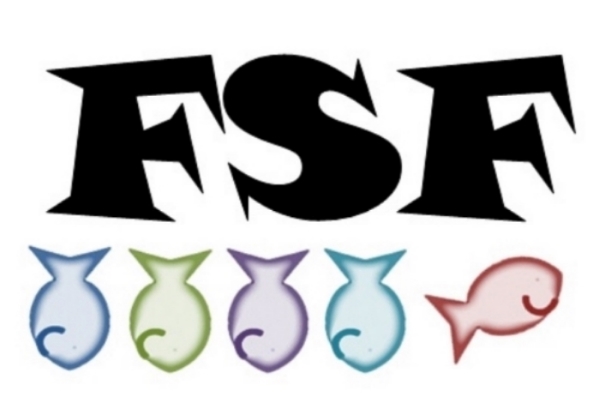People often forget that Paul, the main character of Breakfast at Tiffany’s, is a published writer.
In case you don’t know the story because you’ve been living under a rock, Paul (George Peppard) has been set up in a new apartment by the wealthy woman who keeps him as her boytoy. There, he meets the eccentric call girl Holly Golightly (Audrey Hepburn) - also a very racist stereotype played by Mickey Rooney, but the less said about that, the better. The pair become friends, at first through his fascination of her personality and her insistence that he looks like her beloved brother Fred. Paul stands by her through parties, love affairs, her rather gross past (really - more people don’t talk about the fact that she was freaking child bride!) trips to Sing Sing, and, of course, visiting Tiffany’s. He falls in love with her despite her repeatedly saying that she could never belong to another human being just like her nameless cat (who lives in her apartment and is dependent on her for nourishment). This is Hollywood, so you know it will all works out okay. Let’s focus on Paul’s job as a writer.
One of my favorite scenes in the film is when Holly finds out what he does and calls him out for not having any ribbon in his typewriter. He says, “I’m a writer, I guess” and her fantastic response is, “You guess? don’t you know?” Let us all learn from that moment. Paul has one book of short stories which were dirty, “angry, sensitive, intensely felt, and that dirtiest of all dirty words - promising. Or so said The Times Book Review, October 1, 1956.”. Holly even convinces him to sign the library’s copy, which the librarian gets terribly bent out of shape about it. Most importantly, Holly gives Paul a typewriter ribbon. Even though his married girlfriend want him working on a great American novel, a project he’s been slogging through for years, Paul instead writes a short story about Holly. He earns his first paycheck for his own work for the first time in years. This and his feelings for Holly give him the liberty to break away from his sugar mama. And even when he no longer has Holly, he continues to write.
Truman Capote isn’t in this, but if you read the original book you can hear him behind the main character, a struggling New York writer who is observing his usual friend with both criticism and amusement. The film is much different, but at least in the story you know that Cat is okay in the end.




